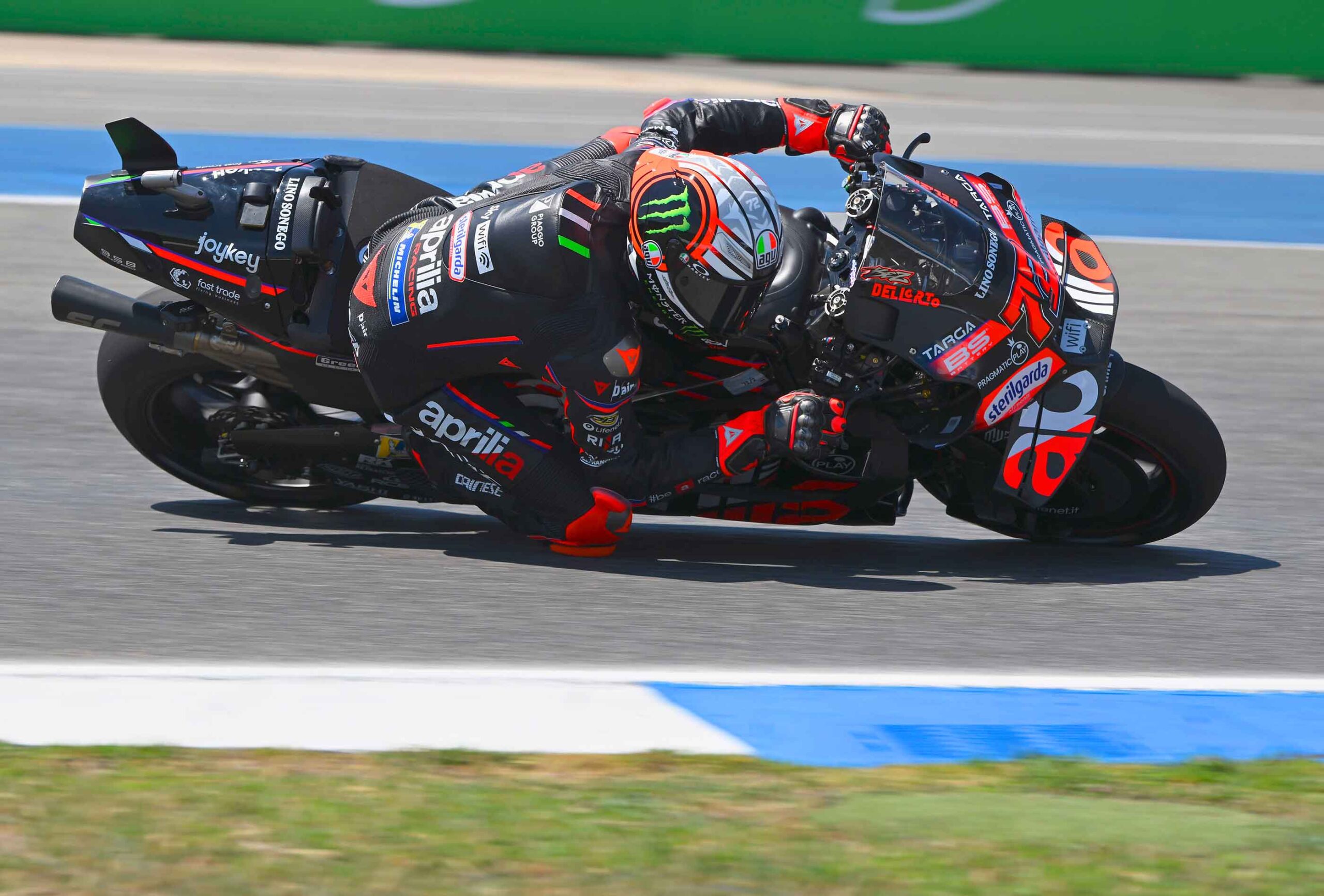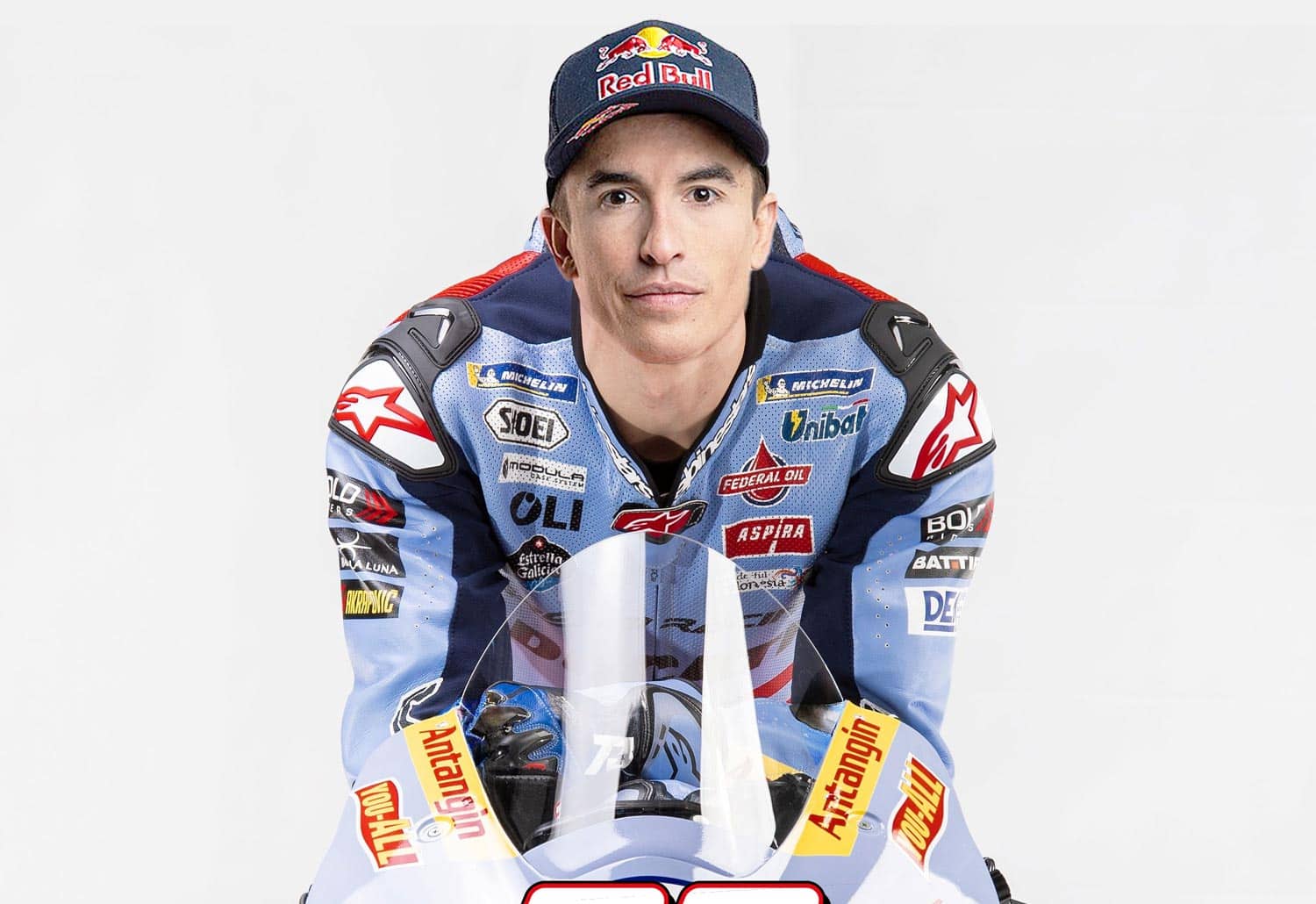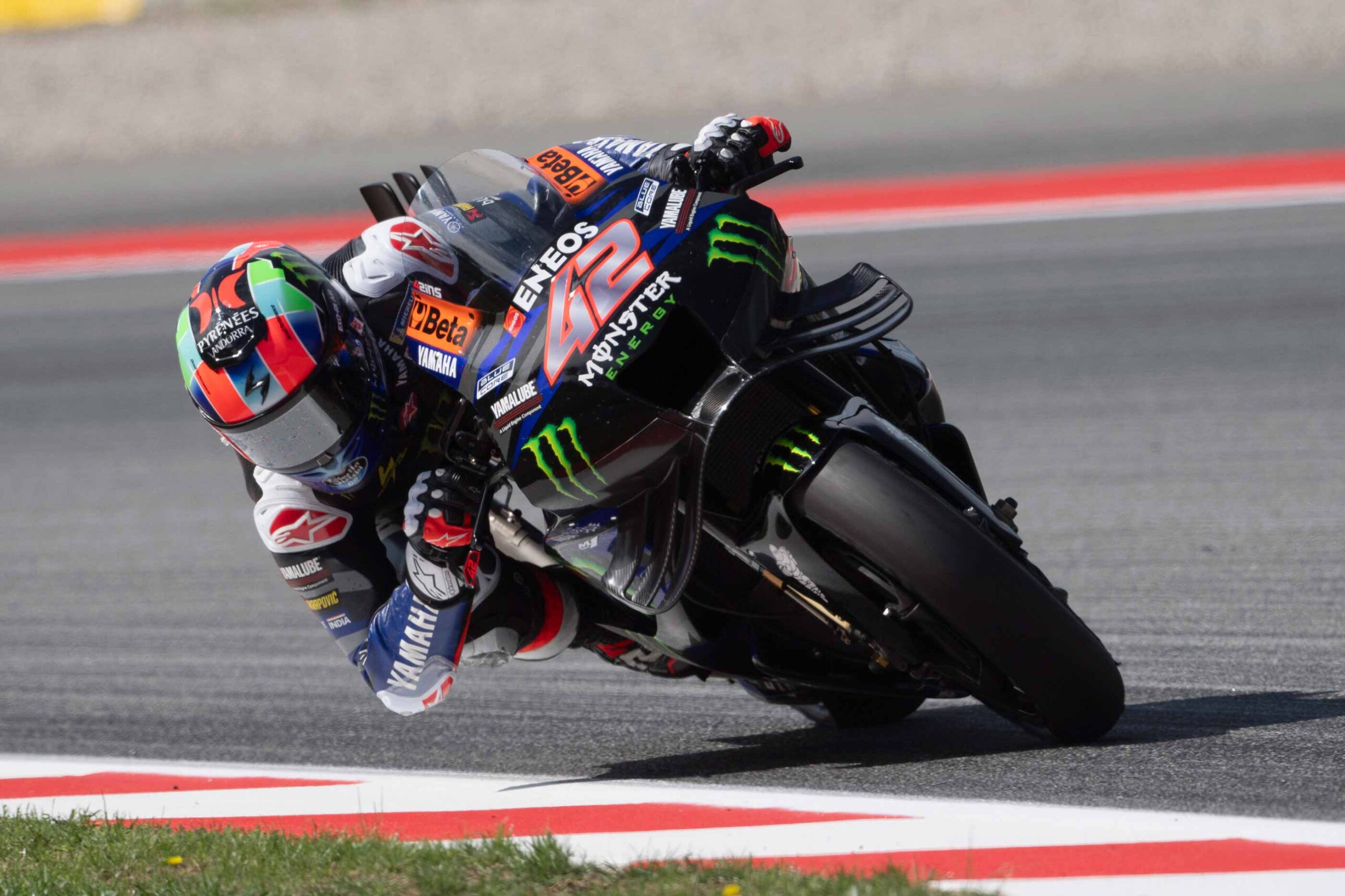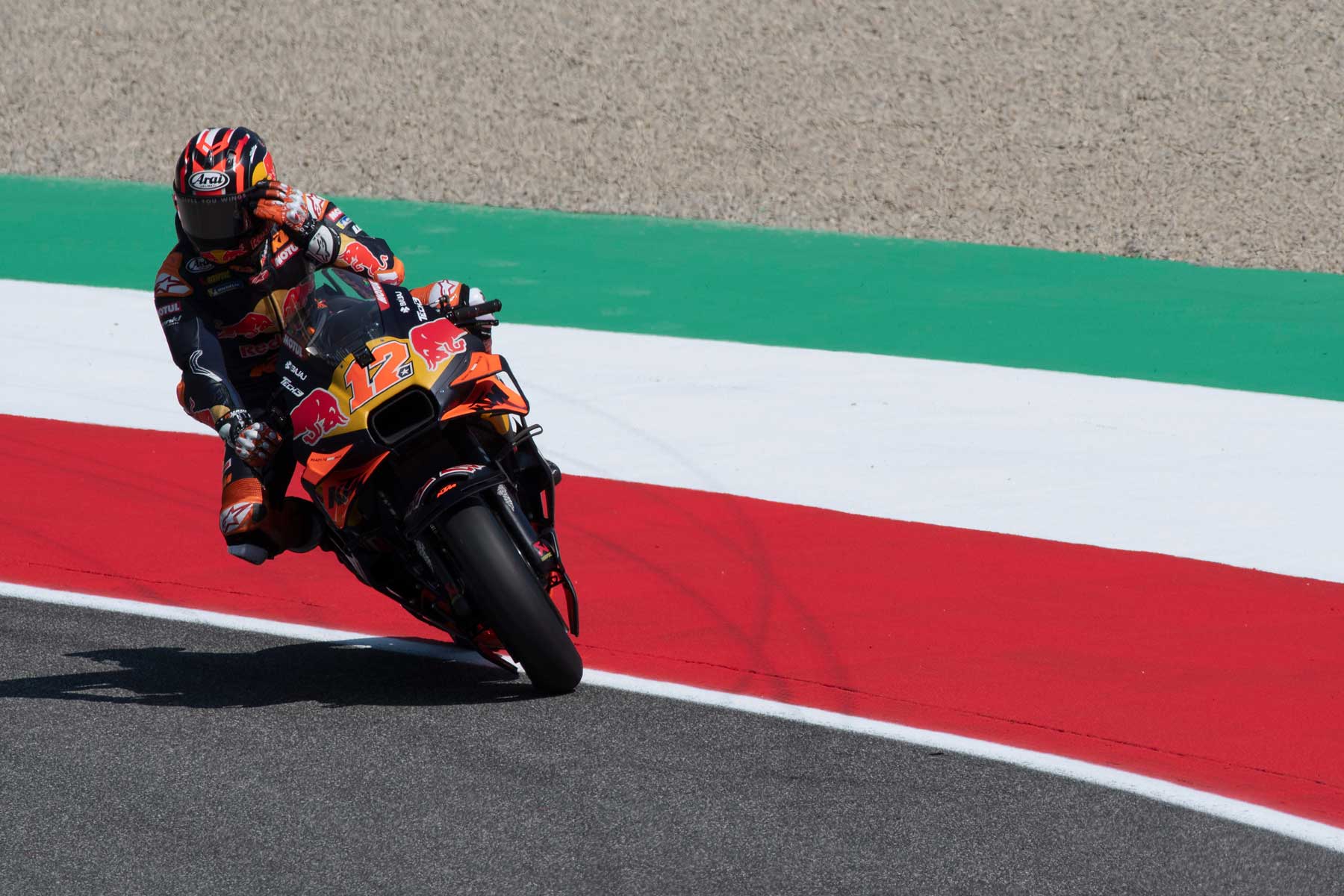Are you willing to sponsor?
Are you ready to explore the transformative power of athlete sponsorship for your brand? Click here to learn more about how sponsorship can help brands grow and thrive in the exciting world of motorsports.
By Emanuele Venturoli| Posted October 18, 2018 | In MotoGP, Sport Sponsorship
While I am writing this post, the Azzurre – the Italian female blue-dressed volleyball team – are playing the final of the volleyball world championship against China. This proves that we do have a volleyball movement, it is in good health and, what is more important, it is producing extremely interesting results for our colours.
Let’s draw a line and make a comparison. Almost at the same time as the volleyball final, the free practice sessions of the MotoGP in Japan are about to be concluded on the Motegi circuit. Due to cynical and treacherous weather conditions, the riders have hit very miserable timing and the fastest riders have even decided not to run the session and wait for sunnier days. Sunday morning, on the Honda-owned track, Marc Marquez will serve for the first match point of the 2018 Motorcycle Racing World Championship. If he serves an ace, the alien from Cervera will win his 7th world championship 3 races ahead of time. Same destiny for the Formula 1 championship in the US. The major 4-wheel championship came to a far early end after the Grand Prix in Germany when the presumed competitive edge of the Maranello Team was initially equalled and then largely exceeded by Hamilton and his fellow friends. Game over, this year too – this is quite miserable to say for a Ferrari fan like me.
As is increasingly evident, competitiveness building is the actual challenge of modern sport – and a great unknown factor at the same time. In today’s multi-faceted scenario of entertainment, organisational committees and sport managing bodies are increasingly faced with the need to organise championships, leagues and tournaments characterised by an unpredictable and fierce fight for the top positions. Directly speaking, we need true races (or matches) if we want to prevent the target audience from moving away and go for other disciplines or championships.
The theory of sports marketing teaches that one of the so-called “secondary characteristics of sport products” must be unpredictability, as Mullin, Hardy and Sutton suggest. Unpredictability distinguishes sport from many other highly popular modern forms of entertainment such as the cinema, music and the theatre. Finally and in easy terms, one of the features that make sports exciting is the fact that you never know how a race/match will end, which marks the big difference with movies, theatre plays or music songs.
Linking the statement above to Formula 1, over the past decade very few racers and very few teams have had the opportunity to bite the big cake leaving the others with crumbles. The technical, economic and organisational gap between the cars taking the first two or three lines in the grid and the rest of the group has resulted in a two-speed championship which has very often ended up in exhaustingly boring races where the cars line up like the wagons in a train and in wearing processions. Although it may sound like a joke, there is an element of truth in saying that Mercedes and Williams are not even practising the same sport.
The pursuit of competitiveness or unpredictability, which will be the keystone for the success of one sport discipline or another in the future, has compelled the championship steering bodies to make diversified and multi-faceted decisions, with different responses given to one single issue.
In the past, the NBA, the professional American basketball league, tried to contain the superpower of the most prestigious franchises by gradually introducing the salary cap (i.e. a limit ceiling for expenses not to be exceeded) and the idea of reverse draft, according to which the new top players eligible to enter the league were drafted for the weaker teams. Although this method worked – and it somehow still works -, it did not succeed in impeding the creation of dynasties that are difficult to contain, such as the Jordan’s Bulls in those days or the Warriors of Curry, Durant and their fellow mates in more contemporary times.
Other sports organisations such as MotoGP have tried to build competitiveness through a system of technical rules whose ultimate goal was to have vehicles with aligned performances over the years. Ducati, Suzuki, Yamaha and Honda now have highly competitive prototypes which can help their riders win the podium quite regularly after spectacular races and memorable fights. Some may argue that Marquez wins them all, which is true, but at least he earns his keep.
Another example is provided by the World Superbike. An experimental “reverse grid” system has been put in place where the winner of the first race in the weekend starts in tenth position, the second starts in ninth position, the third in eighth position, and so on. The British Touring Car Championship follows a random draft system to determine the positions of the starting grid. These are only some of the many examples we could draw.
As regards marketing, competitiveness is a new strategic asset to conquer for sports organisations and sports decision-making bodies. The main challenge in the past was to increase awareness of and accessibility to sports disciplines and to expand the potential target. Today the challenge clearly is to find ways and forms to encourage the target audience to loyally follow a sport. If the audience has the opportunity to potentially watch all sports events at any time, they will progressively decide to only follow the disciplines which are more fun and spectacular.
Football is a very good example with this respect. The major leagues in the old continent are more or less dominated by one or two clubs, with no other team following in their wake as they are basically unbeatable by most contenders (this being the main reason why the debate is more often focused on the number of goals scored than on the result). This is the case with Juventus in Italy, Bayern in the German League, Paris Saint-Germain in France, Manchester City in England or the ever competing Spanish duo Real Madrid-Barcelona. All these teams monopolize the audience levels and polarise popularity, as a result of which newsworthiness gaps are created with all other sports and great issues are raised for the movement. Figures can be more explanatory than words in this context. According to data sourced from AGB Auditel, the audience watching the first match of the 2017/2018 championship between Juventus and Cagliari equalled 1,310,681 viewers. The total for the match between Bologna and Torino on the same day was limited to 75,000. Although it is pretty fair to state that soccer is the most popular sport in Italy, it is equally true that a very large majority of this popularity comes from one team only.
In straightforward sponsorship terms, the other side of missing competitiveness is under everybody’s eyes: investments are focused on the most appealing properties, leaving the other players in the group with a bunch of cents only.
Building or re-building competitiveness is the actual and main marketing challenge for the future of each and every respectable sports organisation. The far from being remote risk is that only two or three leagues will be left, i.e. those capable of offering a high level show with unpredictable results. What about the others then? Oblivion seems their inevitable destiny.
Liked this post? Do not miss the chance to share it, or get in touch with us at info@rtrsports.com
Are you ready to explore the transformative power of athlete sponsorship for your brand? Click here to learn more about how sponsorship can help brands grow and thrive in the exciting world of motorsports.

A graduate in Public, Social and Political Communication from the University of Bologna, he has always been passionate about marketing, design and sport.
The online platform where you can discover the latest trends, strategies and insights from the exciting world of sports marketing.
View our blog
June 17, 2025
Starting in 2027, MotoGP is preparing for a momentous change that will redefine the face of motorcycling’s premier class. The new technical rules, announced by the Grand Prix Commission[...]
Read More
June 11, 2025
After 11 years, Marc Marquez is leaving Honda HRC to join Team Gresini. This was announced in a laconic press release, without signatures or photos, by the same House with the Wing. The same [...]
Read More
May 6, 2025
In the world of motorsport sponsorship, speed and performance have traditionally reigned supreme. However, a new race is underway, one towards sustainability. Both Formula 1 and MotoGP are st[...]
Read MoreIn an era where it is possible to get anywhere with a click, there is a strong temptation to approach teams and properties directly for sponsorship projects.
By doing so, we are convinced that we are shortening the value chain, saving time and money. However, these DYI methods are anything but risk-free and what initially appears to be a competitive advantage soon turns into a problem that is difficult to resolve. That’s why there are agencies. And this is why you should rely on us for your sponsorships.
When first approaching a sponsorship or sports marketing project, it is difficult to know immediately which stakeholders are correct, what the decision flow is, and what the right timelines are for each process. Sports is a very specialized field of action, and fitting effectively into its paths can take a lot of time and therefore money. We, on the other hand, know referents and spheres of action and know who to talk to, when and how. So you are also more effective.
Sports is an immense passion, and for our heart colors we would be willing to do anything. But business is a different business, and it is important to make the best possible strategic decisions based on independent research, statistics and reliable data. A sports marketing and sports sponsorship agency like RTR has an objective, 360-degree picture of the scenario and can tell you what is really best for you: which sport, which athlete, which team. This is because we possess a great deal of data and information on ratings, segmentation and attitudes. Because the numbers don’t lie. Never.
Activations are the real heart of sports sponsorship. Without them, there remains only a blank sticker on a motorcycle, car or uniform and no contact with the public, no emotional connection, no impact on the bottom line. Then how do you do it? It certainly won’t be the teams or the athletes who will help you leverage sponsorship and enjoy the many marketing rights you have paid for. To bring out the best in a sports marketing project you need an agency that knows how to use sponsorship to engage the fanbase on the Web, to reach out to Shopping Centers, to organize hospitality, to develop B2B and B2C opportunities, and to get “your” athletes in front of millions of potential consumers.
Would you ever go to the dealer who sold you the car and ask if the competitor’s car is better? No, of course. So, how do you expect to get firm measurements of the effectiveness of your sponsorship if you do not rely on someone super partes? At RTR, we have always worked with independent third-party agencies that allow us to know the return on any exposure of your brand on TV and in the media. In addition, we believe in calculating ROI as the ultimate measure of your success-so we can tell you for every penny you spend how much you are making.
We have been involved in sports sponsorship and sports marketing for more than 15 years. We are consultants in the sense that our goal is to maximize your investment, but we are also an agency that manages the project from start to finish. We have been doing this since 1995 with passion and professionalism, following three principles that have become cornerstones of our business: independence, verticality and transparency.
I would like to highlight the fact that one of the qualities of RTR is its great ability to approach the sponsorship scenario strategically, together with its passionate attitude, its amazing enthusiasm for solving problems, and its high level of professionalism.
Gianluca Degliesposti
Executive Director Server&Storage EMEA
Eurosport is truly delighted with its business relationship with Riccardo Tafà, who has become extremely popular, thanks to his detailed knowledge of the sports marketing sector and his highly diligent attitude to work.
Francois Ribeiro
Commercial Director
Passion and Expertise are the features that I have found in RTR since the very beginning. Serious and reliable professionals but also very helpful, nice and open-mind people, willing to listen and compare different ideas. All the values in which RTR believes make this agency a partner, not just a supplier, a partner with whom we have had the opportunity to achieve significant commercial results in term of success and image.
Luca Pacitto
Head of Communication
We have been working with RTR Sports Marketing for over 10 years. The objectives and the programmes of collaboration continue to be renewed and to grow with mutual satisfaction. I believe RTR is a team of great professionals led by Riccardo Tafà, who I consider a manager of exceptional skills and with a great passion for his work.
Lucio Cecchinello
Team Principal
I have known and worked with Riccardo Tafà since 1995 when we collaborated for the first time on a project for the Williams Formula 1 team. Several clients followed. After leaving Williams to work for Gerhard Berger then owner of the Toro Rosso F1 Team, I turned again to Riccardo to seek his help in finding a tool supplier for the team and Riccardo duly obliged with an introduction to USAG, a partnership with Toro Rosso which endured for five years. I recently started a new role as Group Commercial Director for the renowned Andretti Autosport organisation and I find myself working with Riccardo once again on a number of interesting projects. Why has this relationship with Riccardo endured ? He’s smart, knows the commercial side of sport inside out and back to front and he’s honest and trustworthy. Riccardo Tafà is a “doer” not a “talker”: in over 20 years I have never had a dispute either with him or with a company that he has introduced and each partnership introduced by Riccardo has delivered quantifiable ROI to rights holder and sponsor alike. I can think of no better testimonial of Riccardo’s diligence, knowledge, contact base and hard work than that.
Jim Wright
Group Commercial Director
The online platform where you can discover the latest trends, strategies and insights from the exciting world of sports marketing.
View our blog
June 26, 2025
The European Commission has provided Liberty Media Corporation with unconditional approval to complete the acquisition of the MotoGP World Championship. The process of annexing the top motorc[...]
Read More
June 26, 2025
This content is password protected. To view it please enter your password below: Password: [...]
Read More
June 18, 2025
When you think of sports, what comes to mind? For many, the answer is sports marketing management. We see Super Bowl or Olympic commercials and it seems like every other product is marketed t[...]
Read More